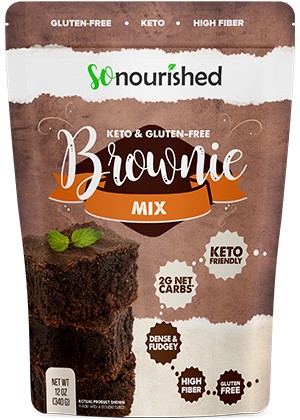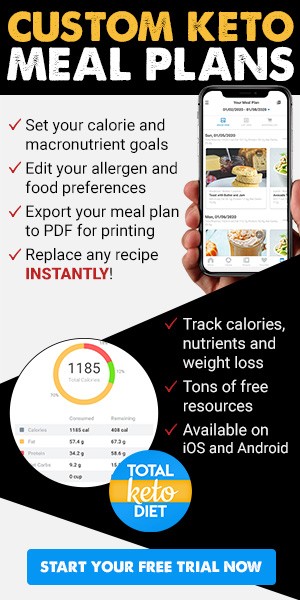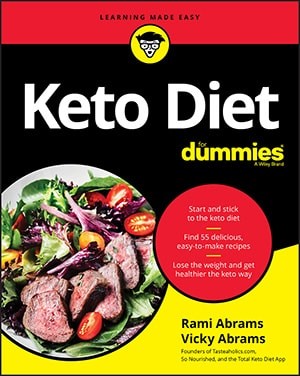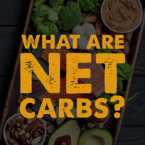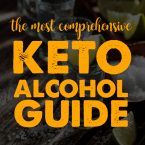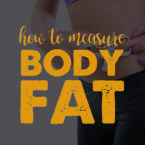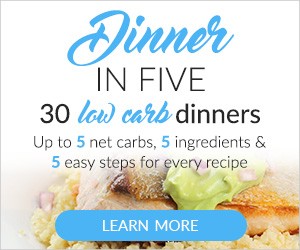If you run a web search for “lose weight fast,” you will no doubt find many people trying to sell you the latest crash diet craze. Most of these diets rely on incredibly restrictive, one-size-fits-all diets. They often make claims that are unsupported by any reliable scientific studies. All of them promise to make you lose weight quickly. The 17-Day Diet1 is one such diet.
What is the 17-Day Diet?
The 17-Day Diet is both a diet and a book. The book was written by Dr. Mike Moreno, a medical doctor practicing family medicine in San Diego, California. He sums up the diet with two words: fast results. How does he accomplish these quick results? Get ready—there are a lot of rules.
The diet has four cycles: Accelerate, Activate, Achieve, and Arrive. The first three cycles are followed for seventeen days each, while the last is given as a life-long practice. The first cycle, accelerate, relies on severely restricting caloric intake to produce immediate results. Dieters must follow a very specific list of food options meant to reduce reliance on sugar and carbohydrates and increase protein intake.
The second cycle, Activate, adds in some foods, but only every other day. On the first day, dieters may select meals from an expanded list. On the next, they must eat only foods from the Accelerate list. The days alternate after this point.
The third cycle, Achieve, adds in carb sources, including bread and pasta. Since calorie counts are increased, the plan requires a significant increase in exercise. After this, dieters arrive at the last cycle, Arrive. This cycle allows dieters to choose a meal from any of the other periods and follow it Monday through Friday. On the weekends, dieters can eat any of their favorite foods (from the approved list, of course).
How does it compare to keto?
Here are a few of the key differences:
- Rules vs. principles. The 17-Day Diet has a long list of rules: no carbs after 2 PM; only eat eggs as a protein twice per week; follow only the prescribed eating plans. However, the ketogenic diet helps dieters understand healthy eating principles—for example, what you eat is just as important as how much.
- Unsubstantiated claims vs. peer-reviewed studies. The 17-Day diet makes several claims that have not been verified by studies. For example, the cycles supposedly “confuse” your body’s metabolism; but no research has confirmed this. By contrast, the effects of ketosis have been well documented.
- Prescribed diet versus a flexible diet. The 17-Day Diet gives lists for what a dieter may eat at specific periods. Compare this to keto, which provides dieters with many different options for what they can consume. As long as the meal keeps the dieter in ketosis, it can be enjoyed.
As you can see, the 17-Day Diet is, by definition, a fad crash diet. It relies on prescribing foods rather than teaching healthy eating practices. If you want to lose weight in a way that is healthy and sustainable, choose a different approach.
NUTRITIONAL DISCLAIMER
The content on this website should not be taken as medical advice and you should ALWAYS consult with your doctor before starting any diet or exercise program. We provide nutritional data for our recipes as a courtesy to our readers. We use Total Keto Diet app software to calculate the nutrition and we remove fiber and sugar alcohols, like erythritol, from the total carbohydrate count to get to the net carb count, as they do not affect your blood glucose levels. You should independently calculate nutritional information on your own and not rely on our data. The website or content herein is not intended to cure, prevent, diagnose or treat any disease. This website shall not be liable for adverse reactions or any other outcome resulting from the use of recipes or recommendations on the Website or actions you take as a result. Any action you take is strictly at your own risk.
- Keto Might Give Navy SEALs an Advantage - July 18, 2019
- The Primary Roles of Fat in Our Diets - July 8, 2019
- Low Carb Tech is Transforming Diabetes Treatment - June 21, 2019







